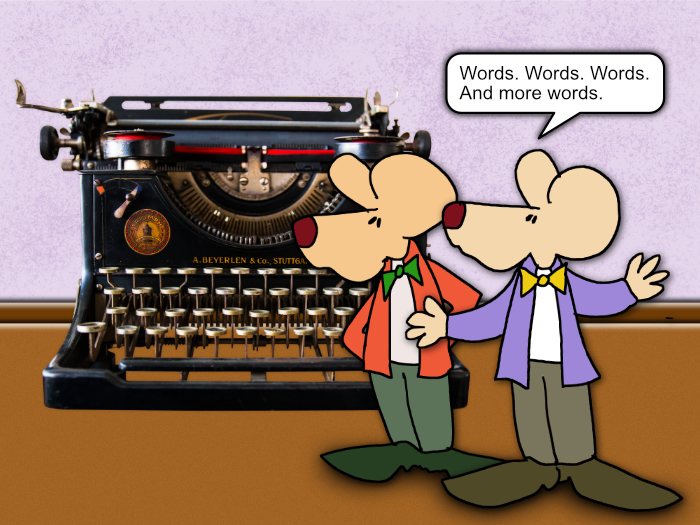At some point, humans started speaking. Isn’t that something? A word was formed on that first person’s lips. This happened somewhere in time. I mean, think of it. That guttural grunting turned into a word, like “rock,” or “tree,” or “Oh, shit. There’s a wooly mammoth standing right behind you.”
But from there, not only words were formed, but different languages. That’s another big wow. I mean, how did that work? Why did the people in China start speaking Chinese? And those folks in Germany start conversing Auf Deutsch?
Languages have been at the forefront of human evolution. We communicate, think, and perceive the world, and express all of that with the words of a language.
There are many to choose some. There are about 7,000 languages in the world. Of those, only about 23 are widely spoken by over half the world’s population.
The Tamil language is the oldest language still in use today. It is over 5,000 years old and is the only ancient language that has made it into modern times. Tamil is the official language of the Indian state of Tamil Nadu, along with Sri Lanka and Singapore.
Here in the United States, most people speak English. As most of us know, we have 26 letters in our alphabet. Small potatoes. The Khmer language has the longest alphabet, with 74 letters. It is the official dialect of Cambodia. The alphabet contains 33 consonants, 23 vowels, and 12 independent vowels. Vanna would be one busy letter-turner on Cambodia’s Wheel of Fortune.
And then there is the shortest. The Rotokas alphabet contains only 12 letters. They are A, E, G, I, K, O, P, R, S, T, U, and V. This is spoken in Papua New Guinea.
But what language is the wordiest? The English language has the most extensive vocabulary. English has over one million words. Of these, about 170,000 are actively in use. (Different sources give different statistics on this.)
So. Back to the beginnings. When did it all begin? Well, language is estimated to have come around about 100,000 years ago. That would be 98,000 BC. Scientists base this on studying fossils. This theory is supported by evidence like the existence of the FOXP2 gene — often referred to as the language gene — in fossils from that time.
I’m not sure how many languages have existed since the beginning of time. I imagine no one knows for sure. But. There are more than 500 extinct languages. Almost half of those went extinct between 1950 and 2010. Isn’t that curious? But it continues. Over 3,000 languages are considered endangered today.
By the way. Over half the world is bilingual.
And. If you want to hear a wide sampling of language, head to New York City. It is the world’s most linguistically diverse city. It is estimated that over 800 languages are spoken in New York City.
That’s a lot of language since that first word was spoken.
But no matter what the dialect or origin — every language contains a myriad of words. And words are powerful. Their meanings shape our beliefs. Words can drive our behavior. Words are a huge part of our perception of the world. In that, they help create our world. We respond intellectually and emotionally when we read, speak, or hear words.
They are ours to use as we please. We all possess this power. But we should never forget. With power comes responsibility. We should be kind in this world and in our words.
”””’
To have another language is to possess a second soul.
— Charlemagne
”””’
To learn a language is to have one more window from which to look at the world.
— Chinese Proverb
””””
The limits of my language mean the limits of my world.
— Ludwig Wittgenstein
””””’
Speak up. Ugghhhh. We’ve come a long way, wordly.
